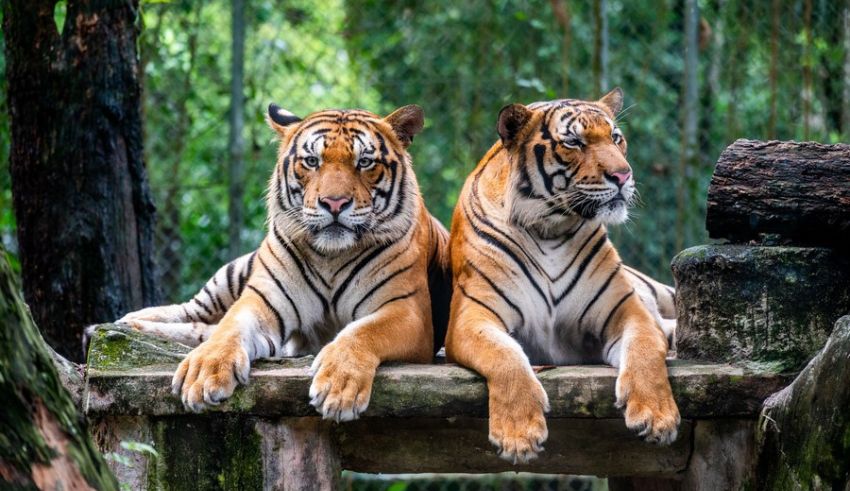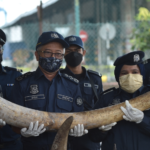
In a distressing development, Kelantan, Malaysia, is witnessing a surge in human-tiger conflicts, attributing the critically endangered big cats to the deaths of four individuals. The recent incidents, linked to mating season and habitat loss from mining and logging, prompt authorities to deploy tiger traps across remote jungles.
The discovery of body parts, believed to be from Indonesian worker Lalu Sukarya Yahya, has raised concerns about tiger attacks. Deputy Chief Minister Mohamed Fadzli explains, “Tigers, in search of mates and food during mating season, are teaching cubs to hunt, leading to these unfortunate human encounters.”
This fatality follows another involving Myanmar national Ahka Soe Ya, marking an unprecedented spike in fatalities. The Malayan tiger, critically endangered and Malaysia’s national animal, faces threats like habitat loss from human activities.
Keep Reading
Controlling the Wild
A study in August by Frontiers in Conservation Science reveals a stable tiger population due to female tiger survival and breeding. However, habitat loss persists from activities such as logging and mining.
Kelantan’s Department of Wildlife successfully traps a tiger, but an incident with a motorcyclist suggests more tigers are venturing into human areas.
Deputy Chief Minister Mohamed Fadzli downplays logging’s role, while WWF-Malaysia argues habitat loss, poaching, and retaliatory killings force tigers to become defensive.
WWF-Malaysia’s Sophia Lim stresses tigers’ solitary nature and warns of aggressive behavior under threat. Addressing habitat preservation and sustainable development becomes crucial amid the delicate balance between conservation and economic activities.

























